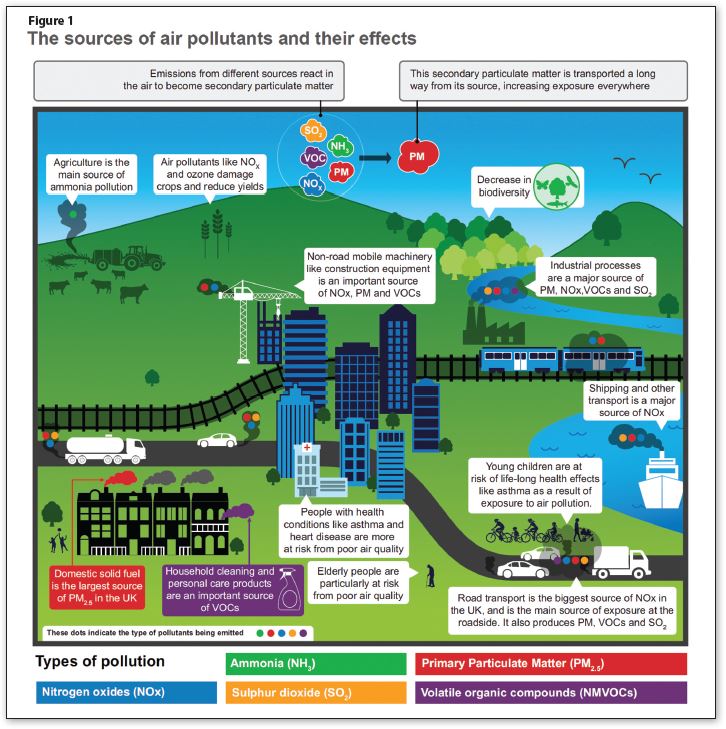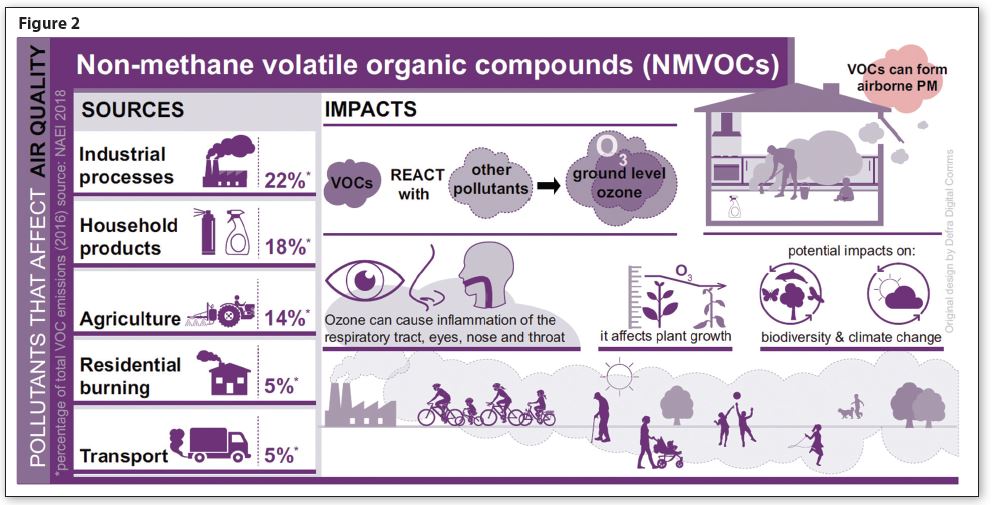Written on: October 1, 2023 by Patrick Heskins
Many of you will realize that the UK is often different to many other countries. For example, we are seen to drive on the “wrong” side of the road. However, prior to the French Revolution, it was common to ride horses on the left-hand side of the road in continental Europe. This was because most people are right-handed and if one came across another knight on a thoroughfare and were going to go to do battle, one needed the sword hand to be free. France’s national motto after the Revolution became “Liberté, égalité, fraternité”—there would be no more sword fights, and French knights were instructed to ride their horses on the right. Napoleon’s subsequent empire meant that that rule was extended to the majority of Europe, where traffic still keeps to the right. Great Britain was never conquered by Napoleon, hence the British remained free to ride on the left.
The reason for mentioning this odd historical fact is that, probably unsurprisingly, the UK Government is looking at atmospheric emissions in a different way to many other countries in the world, and drilling data down to extreme detail.
Figure 1, taken from the 2019 UK Dept. for Environment, Food & Rural Affairs (DEFRA) Air Quality Strategy, shows the range of atmospheric pollutants UK Government is measuring.

The figures in Figure 2 are taken from a publicly accessible database called the National Atmospheric Emission Inventory (naei.beis.gov.uk); this concerns volatile organic compounds (VOC), or more accurately non-methane VOC (NMVOC).

This database not only provides top-line figures for NMVOC emission, but also details particular product sectors—for example, NMVOC emissions from the pulp and paper industry for the material supplied for food and beverages, or from field burning of agricultural waste. There is also a category for aerosols, which breaks down into three usage sectors: Household, Cosmetics & Toiletries (Personal Care) and Car Care products.
On one hand there is a highly detailed picture of all the sources of an incredibly wide range of airborne pollutants. On the other hand, NMVOCs have a single definition:
“NMVOCs comprise all organic compounds except methane, which at 293.15 K, show a vapor pressure of at least 0.01 kPa (i.e., 10 Pa) or which show a comparable volatility under the given application conditions” (Source).
The UK Government has a 2005 baseline against which airborne pollutant emissions are measured. While the UK was part of the EU, those targets were set by Brussels. This included NMVOC as one amorphous lump with little thought on reactivity or speciation—simply a total amount of NMVOC emissions. The UK has done a good job in meeting the targets set by Brussels; in fact, it is expected the UK will meet the 2030 targets long before the due date.
However, UK regulators are now looking at the detailed breakdown, which shows that in 2005, aerosols accounted for about 4% of total NMVOC emissions. By 2030, it is estimated that aerosol product emissions could be as much as 11%. This is not because aerosols are emitting more NMVOC than before, but because most other industries, and the automotive sector in particular, have slashed their NMVOC emissions dramatically.
The BAMA NMVOC Pathway is our proposed route to address the UK Government’s NMVOC targets by asking the aerosol industry to reduce its contribution to total emissions. The ambition is to avoid sector- or product-specific NMVOC targets by continuing to report the industry’s emissions as a total. This is so that we can, as much as possible, maintain product efficacy and allow continued access to those products that need to have high levels of NMVOC to work. Who knows, there might even be some additional benefits when thinking about other areas being targeted by Government, such as greenhouse gas emissions. SPRAY